UPDATE: my previous answer (below) displays the previous command in the title bar.
Ignoring everything from my previous answer and starting from scratch:
trap 'echo -ne "\033]0;${PWD}: (${BASH_COMMAND})\007"' DEBUG
Running the following at the command prompt:
$ sleep 10
The window title bar changes to /my/current/directory: (sleep 10) while the sleep 10 is running.
Running either of these:
$ sleep 1; sleep 2; sleep 3
$ { sleep 1; sleep2; sleep 3; }
The title bar changes as each sleep command is invoked.
Running this:
$ ( sleep 1; sleep 2; sleep 3 )
The title bar does not change (the trap does not apply within a subprocess call).
One last one:
$ echo $(sleep 3; echo abc)
The title bar displays (echo $sleep 3; echo abc)).
previous answer
Adding to this answer:
store_command() {
declare -g last_command current_command
last_command=$current_command
current_command=$BASH_COMMAND
return 0
}
trap store_command DEBUG
PROMPT_COMMAND='echo -ne "\033]0;${PWD}: (${last_command})\007"'
Additional reading materials re: trap / DEBUG:

